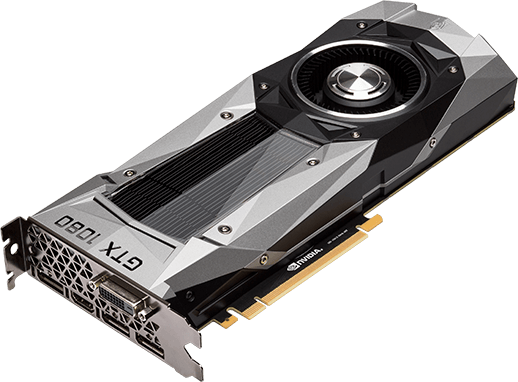NVIDIA are today lifting the lid on their recently announced GeForce GTX 1080, the ‘new king’ of their range of graphics cards. Along with that will come a great deal of examination in terms of clock speed, benchmarking, overclocking, refresh rates and comparisons to currently available graphics cards. However, while technical specifications are one side of the story, the real meat comes from the new experiences that further pushing the envelope in GPU technology can bring.
Along with the GeForce GTX 1080, NVIDIA are launching a number of new initiatives to benefit the future of virtual reality (VR). VRFocus has covered the reveal of Ansel, a new in-game photography system that allows users to create their own images – including 360 degree spheres designed for viewing on a head-mounted display (HMD) – from a driver level, and also an upcoming update to the VRWorks platform, VRWorks Audio. Both of these technologies will become available for developer integration upon the launch of the GeForce GTX 1080, but this new GPU technology and the ‘Pascal’ architecture on-board the GeForce GTX 1080 and GeForce GTX 1070 allow for much greater VR penetration.
Simultaneous Multi-Projection (SMP) is a technology integrated into the GeForce GTX 1000 series as standard, and while it does provide benefits to over kinds of display it is clearly VR HMDs that stand to benefit the greatest. On a most basic level, SMP allows the graphics card to project an image to up to 16 different displays and more than one viewport simultaneously. What this means in relative terms is that one set of geometry can be to two eyes, as SMP knows about the need for Single Pass Stereo. Rather than drawing the same image twice for each eye, SMP adjusts based on in-built knowledge of the device to project to.
Single Pass Stereo in itself is another new capability for the GeForce GTX 1000 series, born of the same VRWorks stable as NVIDIA’s new audio technology. Until now VR applications have had to draw the same scene twice, once for the left eye and then again realigned for the right ere. However, Single Pass Stereo works in conjunction with SMP to remove the need for half the amount of draw calls effectively doubling the potential geometric complexity of VR videogames and applications.
Some might argue that this technology will take time for developers to adapt, and that SMP itself – though available alongside the GeForce GTX 1000 series – may take some time to propagate as a standardised tool for development. However, NVIDIA has not simply tacked-on this ability but fundamentally altered the workflow of data transfer aboard the GPU to accommodate SMP. All developers using the GeForce GTX 1000 series will have access to SMP and the many new features associated with is as standard, and as such it’s really a question of when SMP will become adopted by VR developers opposed to if.

These technologies have been designed to aid the progression of VR within NVIDIA’s wheelhouse; a staple of graphics rendering that is hugely important to VR now and in the future. It’s arguably a case of horse-before-the-cart in many respects, but with modern VR still in its infancy it very much has to be. Developers who have jumped on the bandwagon early almost universally agree that the real opportunity for VR still lies years away, not weeks or months, and NVIDIA has positioned the GeForce GTX 1000 series not as a simple piece of hardware to achieve higher visual fidelity, but as a platform to integrate into the future of VR development.















